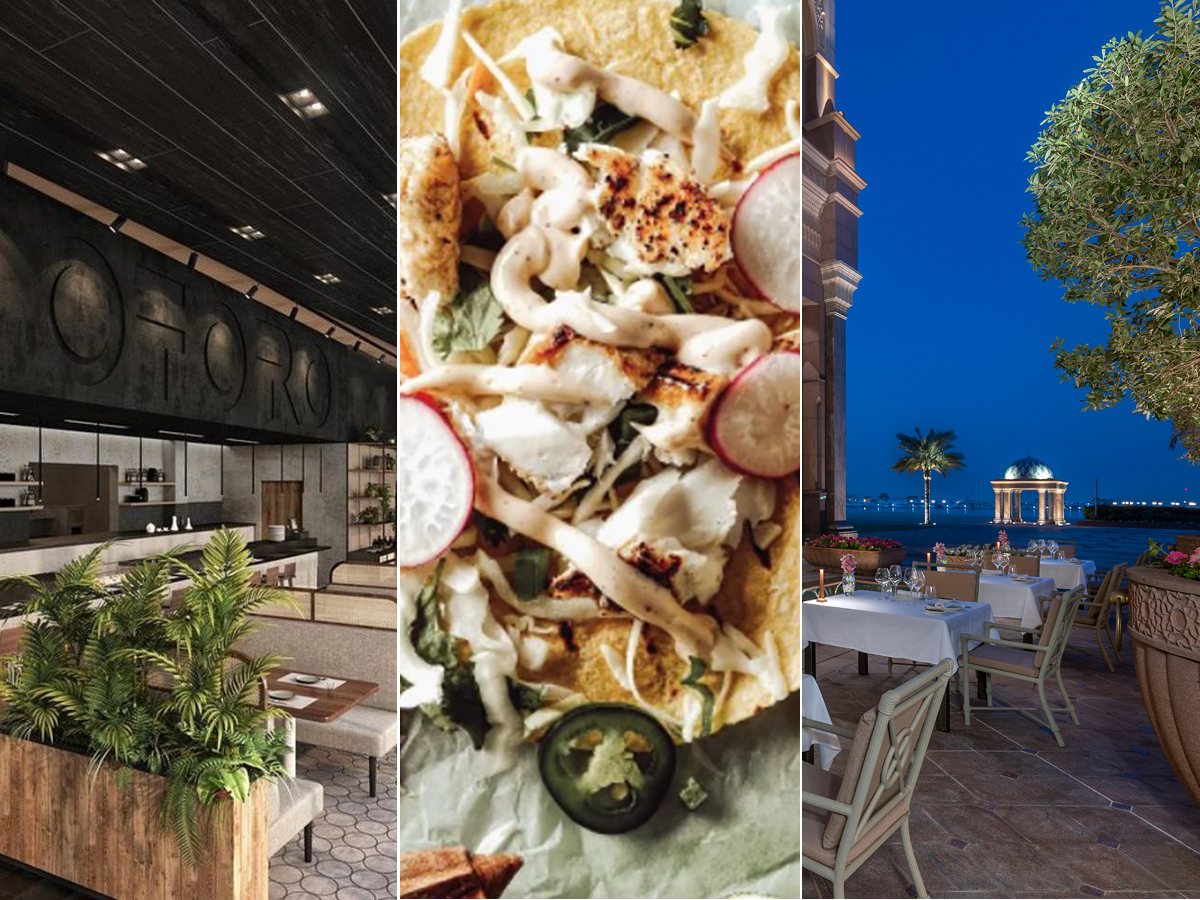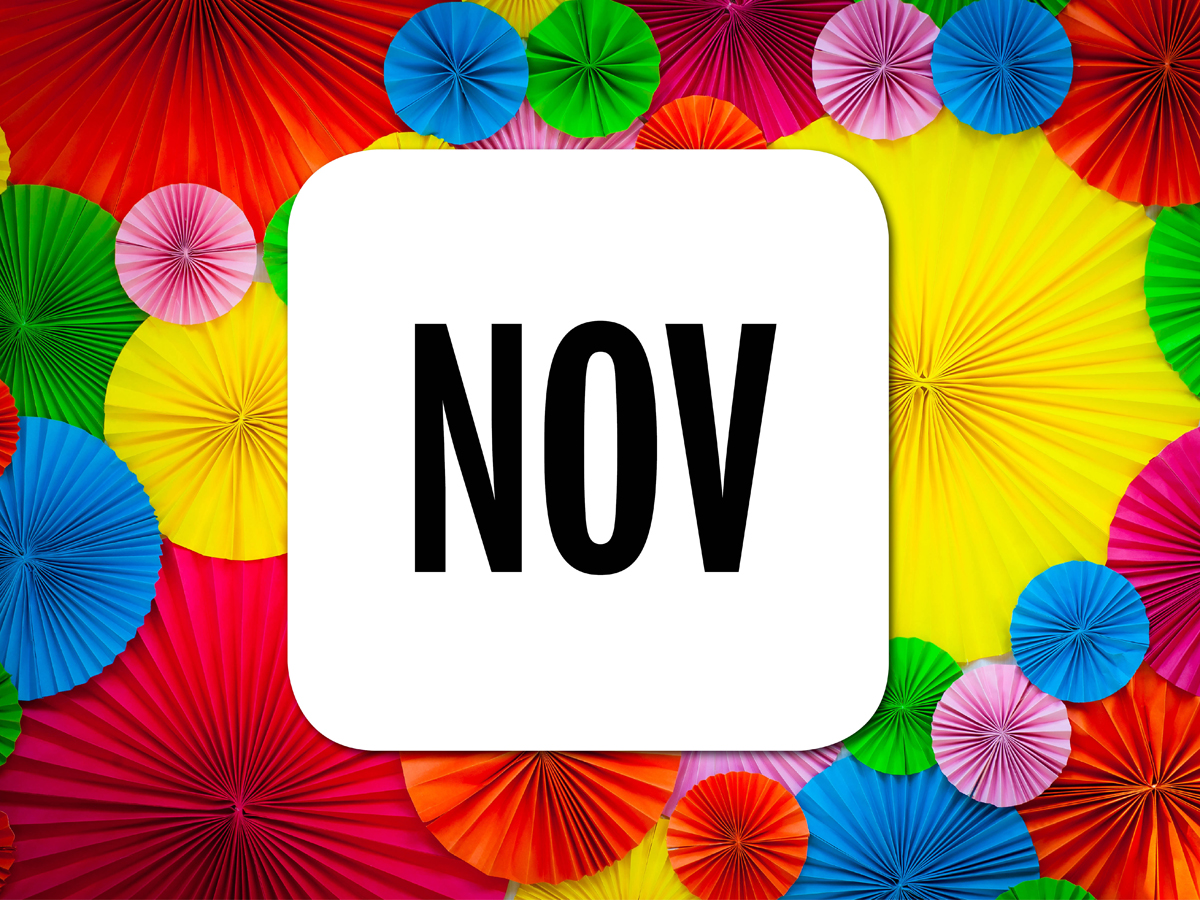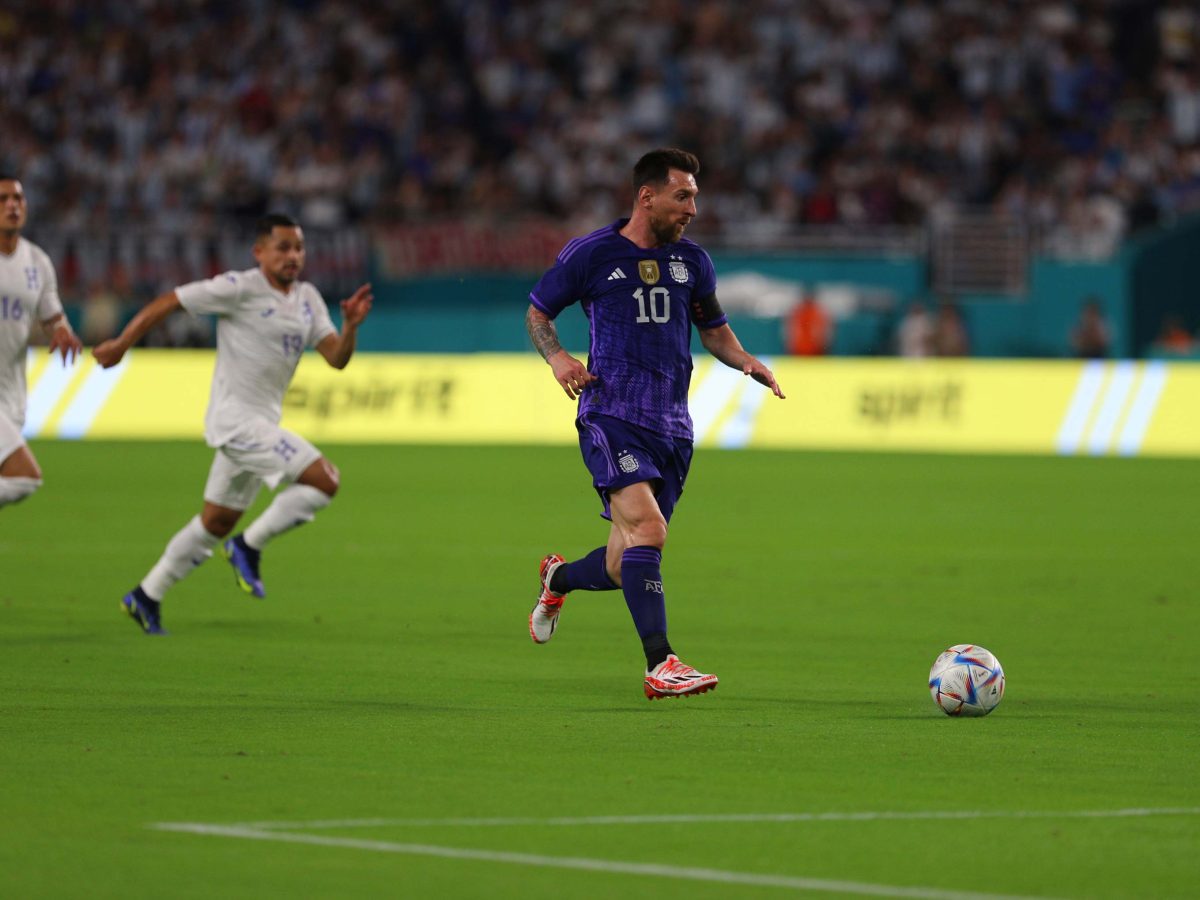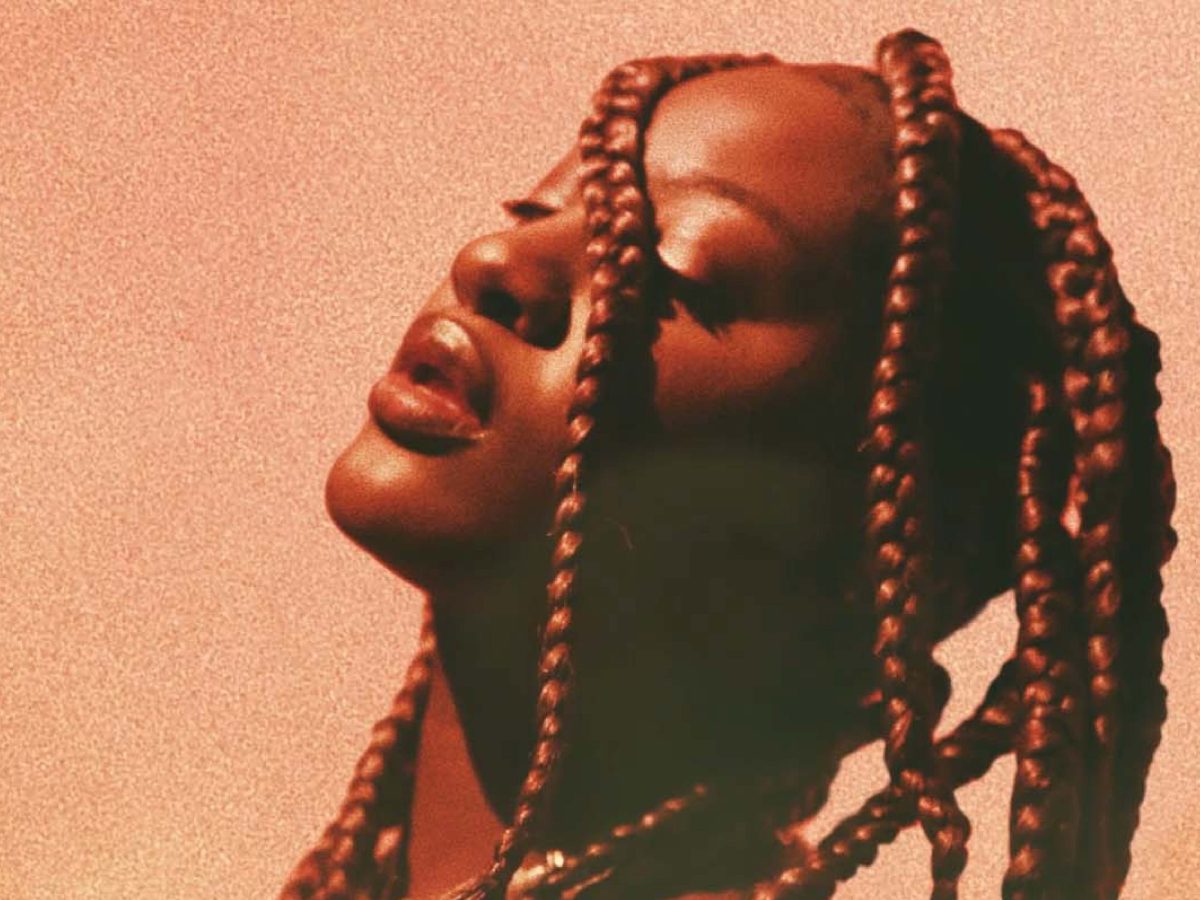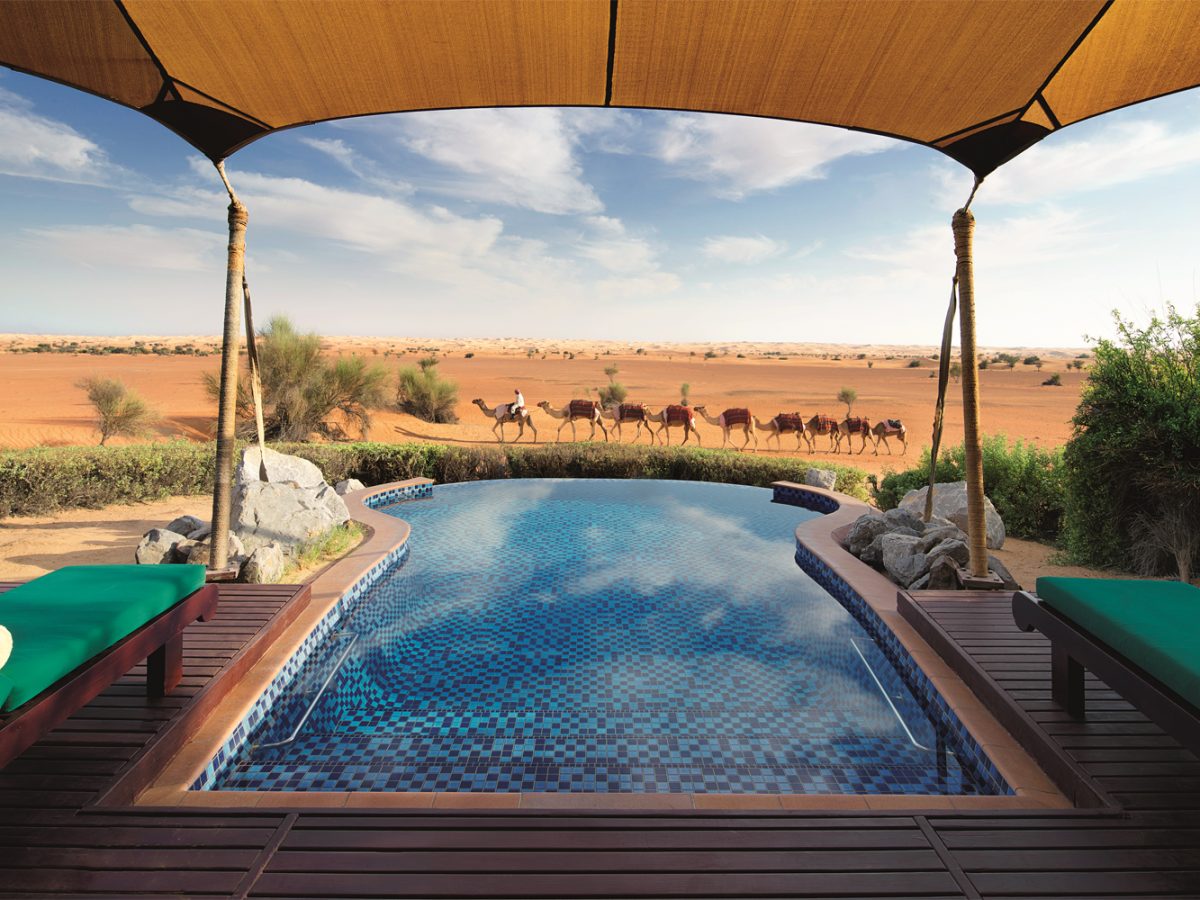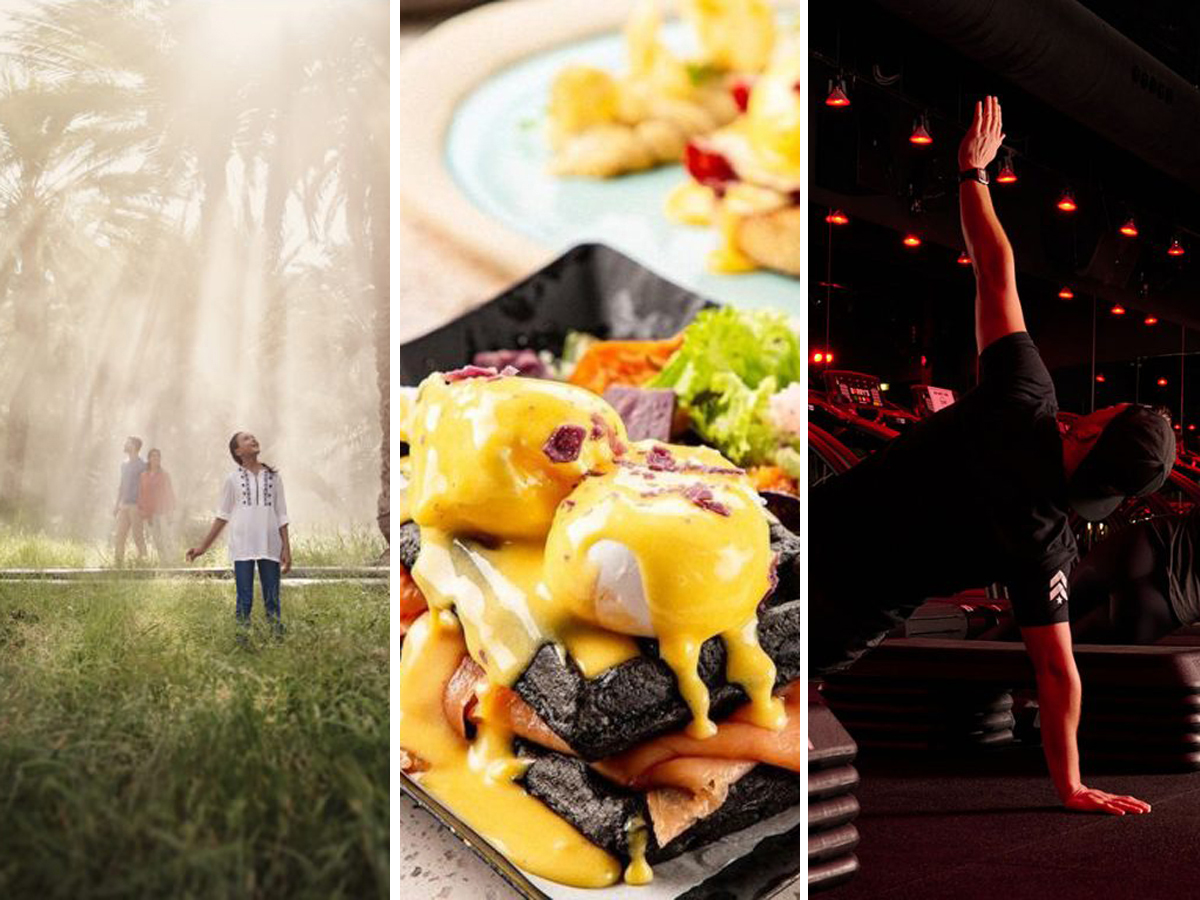Last year, while I was ransacking my wardrobe in a quest to pack up for the ‘Big Move’ to Dubai in the hour I’d left myself, I happened upon a dog-eared, slightly grubby but otherwise unused napkin, with a date scrawled onto it: ‘3rd March, 1997’.
Where it had come from, what it signified and why on earth I had saved it were a mystery to me. It was simultaneously nice to think that once upon a time I’d had such a fantastic evening that I simply had to take home a plain white tissue for my memory box, and sad that in the space of a few short years I’d forgotten where it had even come from.
As I absent-mindedly threw an old Wellington boot in my suitcase, I got to thinking: one of the main things that differentiates humans from other animals is our capacity for emotion and sentiment, and the memory box is a classic example of this. Magpies hoard shiny trinkets, squirrels stockpile nuts, but we store… a rotting baby tooth?
Thumbing through school reports (‘Ele must try not to chat so much’), medals (bronze in the egg and spoon race) and photos (what was my mum thinking letting me wear those stripy dungarees to Jessica’s birthday disco?), I wondered how many of these events I would be able to recall if it weren’t for the material reminders before me. Would entire holidays, school plays, university trips have been consigned to the past and never thought of again?
Living in a community with an overwhelmingly transient population, the notion of preserving moments in time becomes even more pertinent. Many of us have young children in Dubai but move on to another place before they’re old enough to have formed any permanent memories. Creating a memory box with your kids can be a fantastic way of ensuring that they don’t forget their time here. It doesn’t have to be fancy; in fact, the scruffier and more accessible the better.
And based on conversations with local mums, there’s no set rule for what types of things you put in it. Sue Thackray says, ‘We like to keep the first of everything: first shoes, first outfit, first lock of hair from their first haircut. There’s nothing of any great monetary value in there, it’s mainly just a record of events.’ This trend for ‘firsts’ is often kick-started at birth: many mums, even those who don’t have memory boxes, keep their babies’ hospital wristbands for example.
Beyond the crawling years, people’s hoarding habits diversify: ‘My children tend to go through phases. My daughter loved to draw these really strange figures when she was four, but she doesn’t do it anymore, so I kept a couple to remind her when she is older,’ says Ingvild Denut. Others keep boarding passes, cinema tickets, birthday cards, and rocks ‘which my kids think are fossils,’ laughs Suzy Walker, another local mum.
Ingvild says that when she was a child, her family moved around a lot, and because her parents didn’t keep any mementos she has very few memories of that period in her life. She didn’t want that to happen to her own, equally jet-set kids, so she created memory boxes for each of them. ‘In real life it’s difficult keeping in touch with people you’ve only known for a year or two,’ she says. Storing a keepsake that will always remind you of your old friend helps keep the memory alive, even if you don’t see each other anymore. One of the most emotive items for Ingvild is a letter that was sent to Tobias, her then seven-year-old son, from his best friend back in Norway: ‘It was all about how much he loved him and would miss him. Can you imagine how much fun it will be to look at this when they are teenagers?’
It’s not just friendships that memory boxes can help us to remember: a physical object, no matter how trivial, can sometimes help us feel closer to loved ones who are no longer around. I, for one, have a little wooden frog that was my grandfather’s (inexplicably, he had a huge collection of froggy memorabilia), and it makes me smile every time I see it and think of him ‘ribitting’ to make me laugh as a little girl. This idea can be applied to relationships, too: ‘As a single mother, I want my daughter to have mementos of her father before he and I separated, so I’ve kept things that will remind her of him,’ says Emily Madghachian.
Of course, if you do move around a lot, lugging bulging shoeboxes around the globe is the last thing you want to be doing – and that’s why some mums are going digital. ‘We’re into the new tools,’ says Suzanne Flannery. ‘We take lots of digital photos and upload them onto websites like Facebook so that we can access our memories anytime, anywhere.’
No matter what method you choose and which items you attach sentimental value to, documenting your children’s early years is becoming increasingly popular, and sorting through old knick-knacks can be a fantastic bonding activity. But for goodness’ sake, don’t let them do it wearing stripy dungarees.
What the…?
In the course of our research we discovered some rather disturbing truths. Below is our pick of the most bizarre things mothers have kept…
1 The remnants of a baby’s bellybutton
2 The ‘product’ of a circumcision
3 A dead hamster
4 A cloth nappy (clean…ish)
5 The Elastoplast from a baby’s first vaccination
6 An expressed milk diary (quantity produced and date frozen)
7 Storing childhood junk is a great way to bond. We get teary-eyed as we remember our favourite teddy bears.


